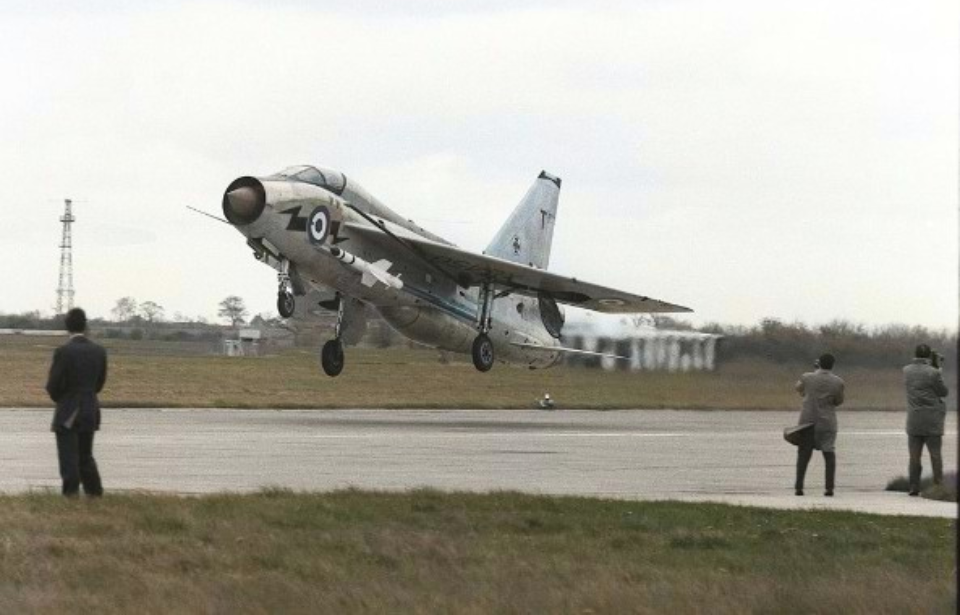Not every member of the Royal Air Force (RAF) becomes a pilot; value is also placed on the contributions of crew members who maintain aircraft. Engineer Walter Holden encountered a potentially dangerous situation when, during routine maintenance on an English Electric Lightning, he accidentally wound up in the cockpit and began accelerating down the runway, unintentionally initiating a takeoff.
Walter Holden trained as a pilot
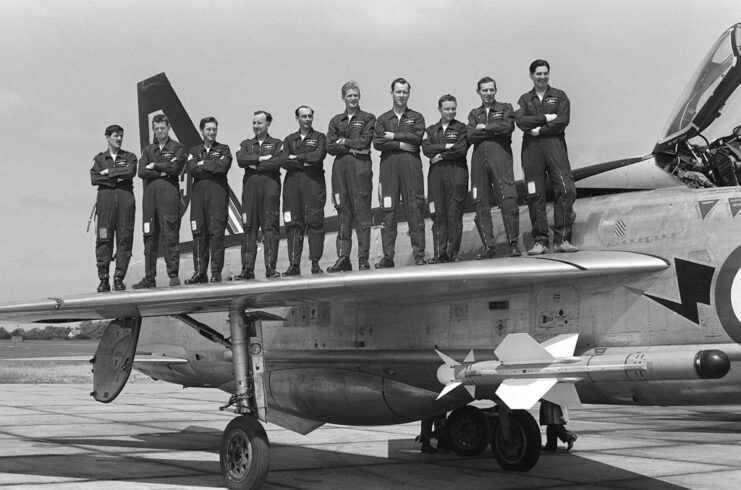
In 1943, Walter “Taffy” Holden joined the RAF and studied mechanical engineering while attending university. Despite initially not intending to become a pilot, he underwent mandatory flight training on a de Havilland Tiger Moth and, later on, a Harvard. Upon successful completion, he earned his pilot’s wings and subsequently flew a de Havilland Canada DHC-1 Chipmunk.
Performing routine maintenance
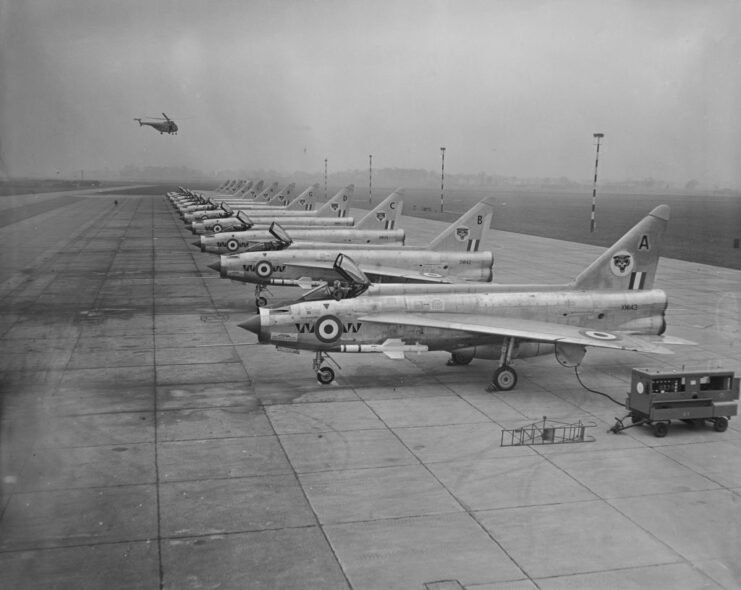
Walter Holden eventually turnd his focus from flying to concentrating on his RAF engineering career. Demonstrating excellence in his role, he rose to command the No. 33 Maintenance Unit RAF at RAF Lyneham by 1966. The unit played a crucial role in maintaining aircraft such as the English Electric Lightning, which was due for retirement, alongside Canberras and the Gloster Meteor.
Needing to test aircraft XM135
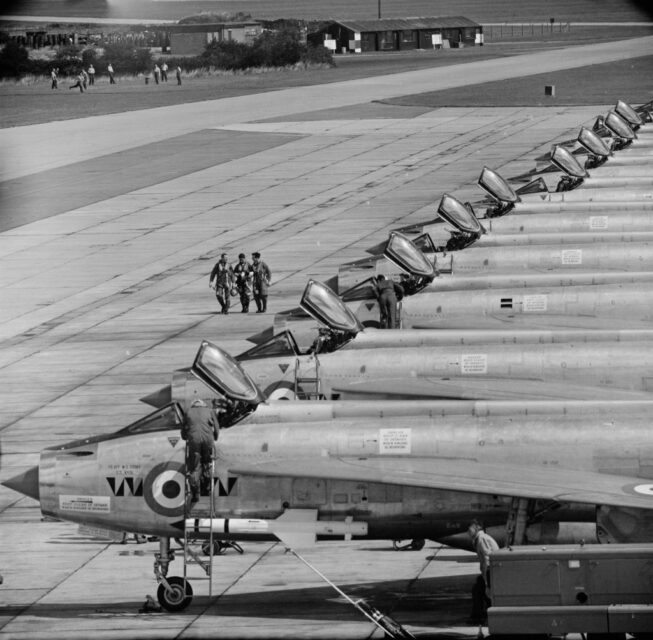
To officially wind down the fleet, Walter Holden needed a pilot to test aircraft XM135, but it would take over a week for one to arrive. Not wanting to wait, he decided to do it himself, since he only had to taxi the Lightning on the ground, to test different electrics – getting up to high RPMs, cutting the engine and, then, braking.
As he wasn’t going airborne, Holden donned no helmet or radio, instead communicating with his ground crew via hand signals. There was no canopy on the aircraft, the landing gear was locked in a down position and the ejector seat wasn’t functional.
Things take a turn…
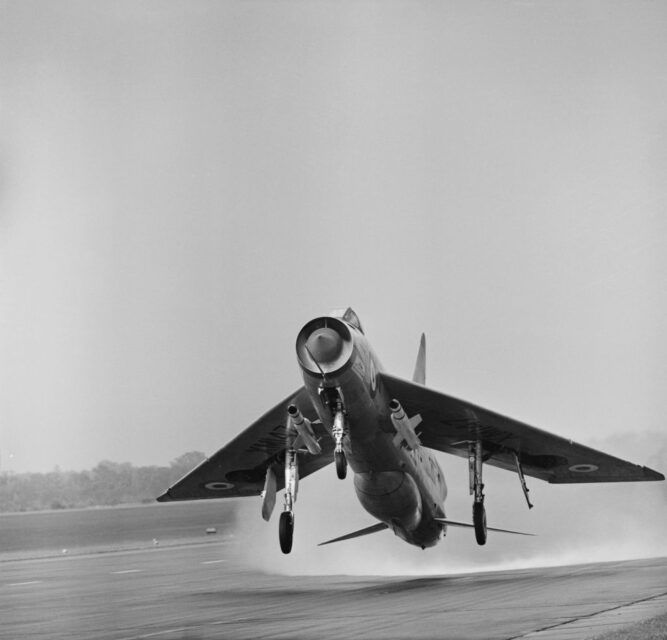
The first test went smoothly. However, during the second, Walter Holden accidentally pushed the throttle past the afterburner gate. Being inexperienced with the Lightning, he didn’t know how to disengage it.
Soon, the aircraft was accelerating rapidly. He narrowly avoided a fuel tanker and a low-flying de Havilland Comet, but he was fast approaching a village at the end of the runway. With no way to stop and little time left, Holden’s only option was to take off.
A touchy landing
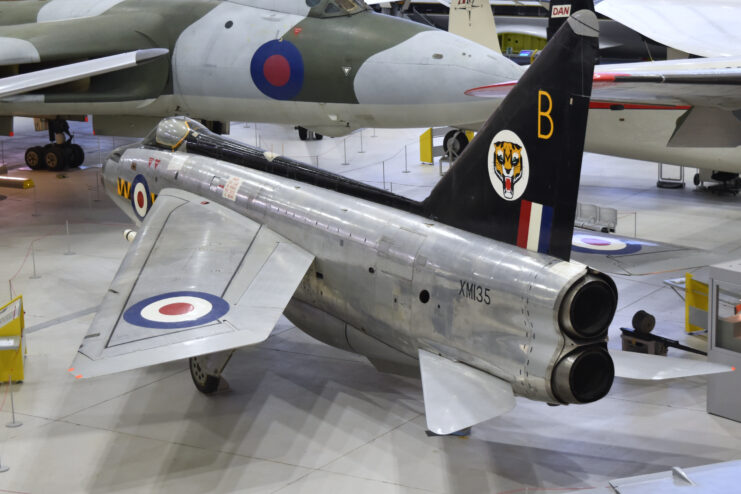
Once Walter Holden was in the air, he was able to turn off the afterburner and think about landing. He twice tried, but couldn’t get the Lightning’s position right. He was successful on his third attempt, but his inexperience saw him land the aircraft how one would a taildragger. This resulted in the tail smashing into the runway and breaking off the drogue parachute, which would have helped him slow down.
Even without it, Holden was able to get XM135 to stop – with only 300 feet of runway left. His total flight time was around 12 minutes.
Walter Holden wasn’t punished for the incident
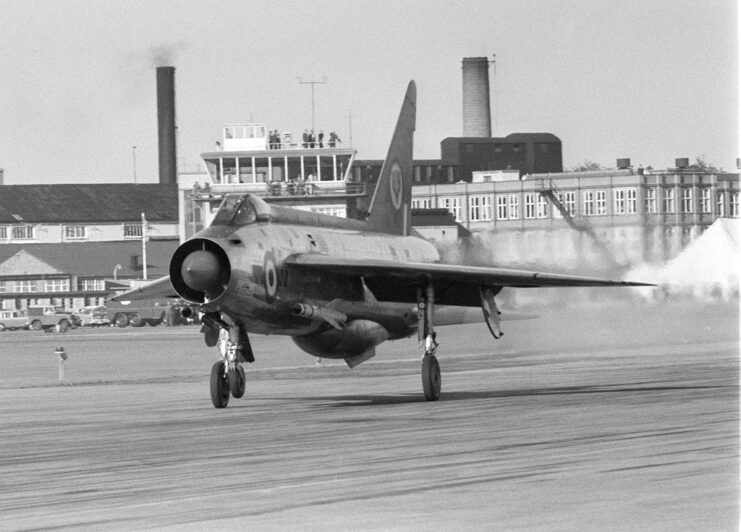
Despite the way he landed, the Lightning was repaired and returned to service until 1974, when it was put on display at Imperial War Museum Duxford. Holden emerged without a scratch, but was put on leave in Italy after the media caught wind of the story. He wasn’t punished, and only had to admit that he should have left the test to a pilot familiar with Lightnings.
Want War History Online‘s content sent directly to your inbox? Sign up for our newsletter here!
With this small slap on the wrist, he continued serving with the RAF until the early 1980s.
